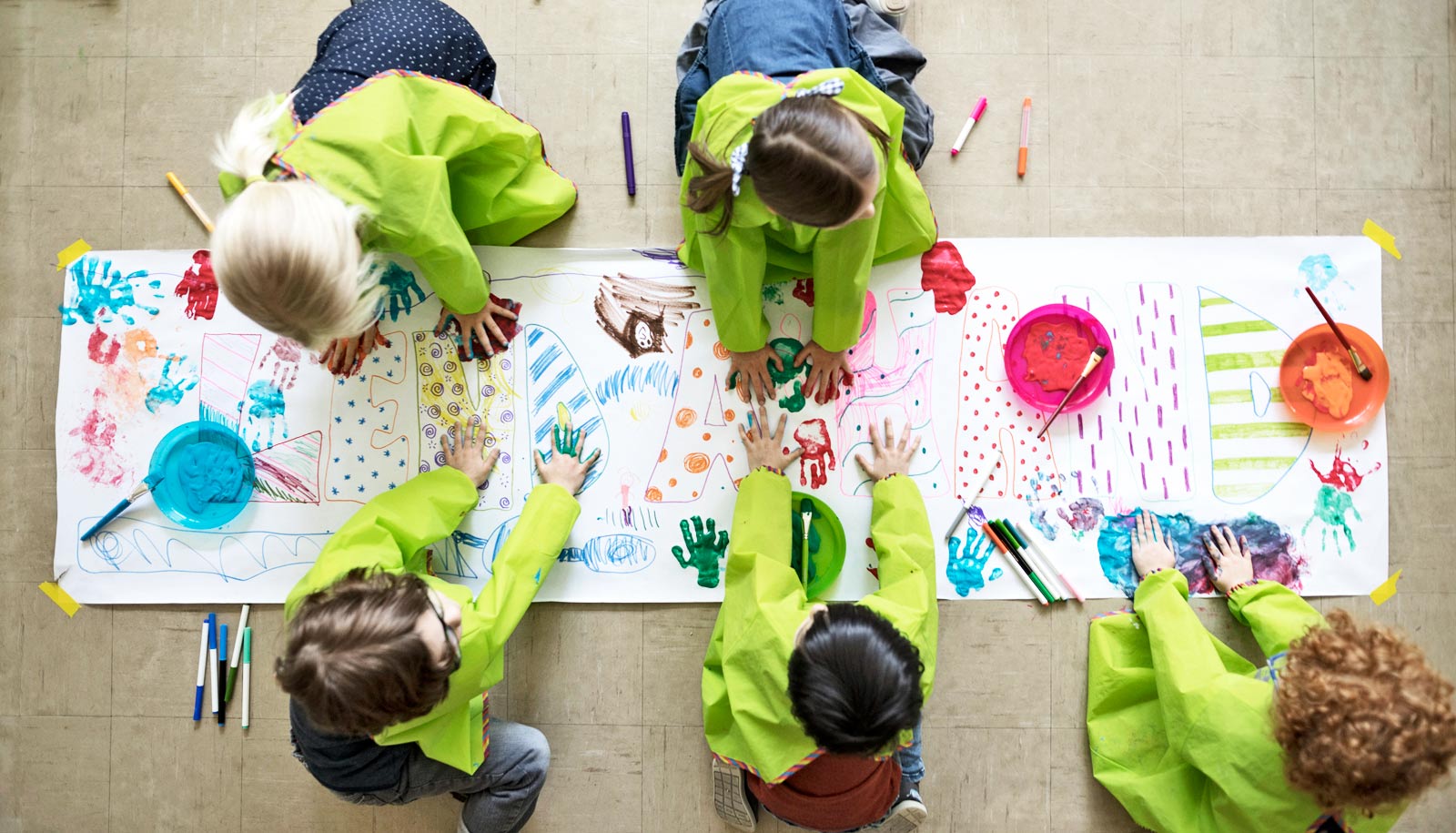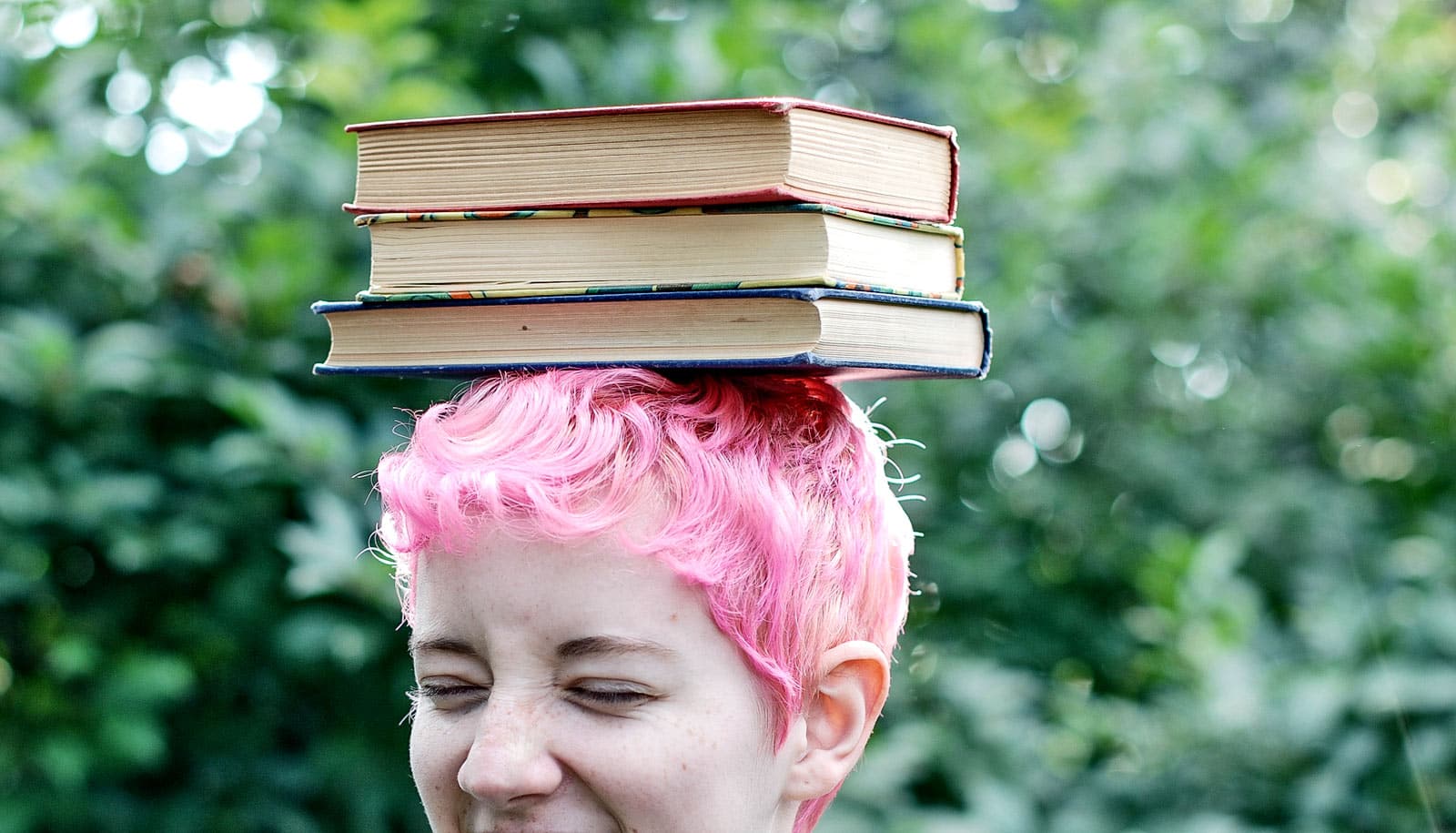New research outlines a four-step plan to develop students’ connection to their learning environment and achieve an ideal state for learning: “flow.”
Terry Bowles and Daniela Russo of the University of Melbourne and associate professor Janet Scull of Monash University explain the research here:
Most of us have memories of our days at school—usually some good and some not so good. But the chances are the good memories arose when we felt cared for and valued by our peers and the adults who helped us learn.
Attending leads to belonging, which leads to engagement, which leads to flow.
These positive relationships are an important part of “school connectedness”—the degree to which students perceive the people, places, and activities they experience in a meaningful and important manner.
We are researching connectedness in primary and secondary schools to help find ways to build and strengthen this important plank in the education system. As part of this, we are investigating how connectedness links with factors like loneliness and school achievement.
School connectedness is an important protective factor for many students. It influences regular school attendance, which is key to improved education and health outcomes. Connectedness also reduces risk-taking behavior and violent and antisocial behavior, as well as the likelihood of emotional problems.
But, in so many schools, the focus on the curriculum and educational outcomes like standardized test results, without a deep foundation of valued relationships and worthwhile routines and experiences, means that for some students school is a “desert” experience to be avoided and devalued.
How to achieve ‘flow’
Our new research identifies key steps schools can take to help address this.
We recently published a systematic review of the research on connectedness in the Journal of Psychologists and Counsellors in Schools, which involved analyzing 36 studies on the social, emotional, behavioral and cognitive aspects of learning conducted between 1990 and 2016.
We found that students need to attend school regularly to build relationships that enhance their sense of self and their relations with the people and groups around them. Then, they can actively engage in learning and this leads to “flow.”
Psychologist Mihaly Csikszentmihalyi defines flow as “the state in which people are so involved in an activity that nothing else seems to matter; the experience is so enjoyable that people will do it even at great cost, for the sheer sake of doing it.'”
Simply put, the sequential four-factor model is that attending leads to belonging, which leads to engagement, which leads to flow.
The four steps
Two of the factors in the new model are focused on building relationships—attending and belonging, and two are based on school performance—engaging and flow:
“Attending” is self-explanatory. For students to experience “belonging,” they will typically have positive experiences of school, feel their values align with the school’s, and have good relationships with their peers.
Once they become “engaged,” we see them becoming future- and task-focused, modeling positive behavior to their peers, demonstrating good planning skills, being motivated, and being free to learn without fears of not being a full member of the class or school.
At the final stage of the model, when students are in a state of “flow,” they are extending themselves beyond the familiar, experiencing intense immersion, involved in activities that are highly challenging and rewarding, which leads to transcendent levels of achievement.
The model provides a template for establishing a student’s current experience of school and understanding what actions teachers need to take to help them become more connected.
Further research is needed to better understand the processes and practices that enhance connectedness in Australian schools and internationally.
This will lead to valuable insights and possible interventions to improve students’ attendance and connectedness and to turn the desert experience into an oasis.
Source: University of Melbourne



